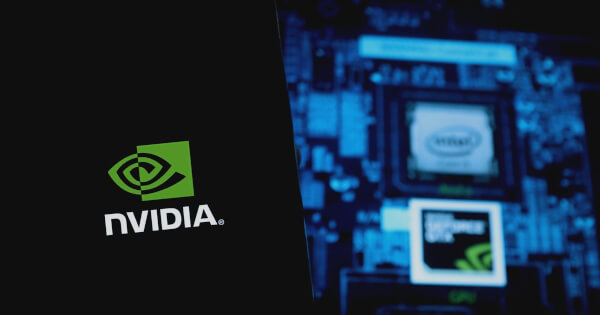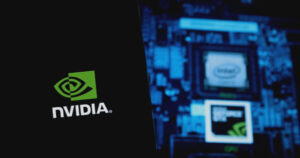Revolutionizing Chip Design: NVIDIA’s Marco Framework Unleashed
By Luisa Crawford, Extreme Investor Network
Published on Feb 26, 2025
In the rapidly evolving world of technology, the demand for innovative chip design solutions has never been greater. NVIDIA has stepped up to meet this challenge with the introduction of its groundbreaking Marco framework, a pioneering approach that utilizes graph-based tasks and multi-AI agents to streamline the complexities of modern hardware design. Here’s a closer look at how the Marco framework is shaping the future of chip design and what it means for investors and enthusiasts alike.

What is the Marco Framework?
The Marco framework spearheads a transformative methodology in chip design that breaks down tasks into manageable sub-tasks, represented as nodes in a configurable graph. This innovative arrangement allows designers to visualize task relationships and optimize workflows effectively. By employing both single and multiple AI agents configured in real-time, Marco integrates deep chip-design knowledge, inherently reducing the typical lengthy turnaround times (TAT) associated with hardware development.
Key Features of the Marco Framework
-
Graph-Based Task Management: Tasks are categorized into nodes connected by edges, enabling dynamic and static configurations that enhance flexibility and efficiency.
-
Advanced Tools for Design: The framework features essential tools like VerilogCoder and RTLFixer, which utilize dynamic task graphs to streamline the transition from specification to register-transfer level (RTL) processes and rectify syntax errors efficiently.
- MCMM Timing Analysis: This agent showcases significant efficiency in timing debugging and report analysis, a crucial aspect of chip design where precise timing can make or break a project.
Enhancing Hardware Description Language (HDL) Generation
As the landscape of Very-Large-Scale Integration (VLSI) design becomes increasingly intricate, the Marco framework excels in generating hardware description languages (HDLs) such as Verilog. The intelligent RTLFixer employs cutting-edge retrieval-augmented generation (RAG) and ReAct prompting to iteratively debug and correct syntax errors, while VerilogCoder employs a task and circuit relation graph (TCRG) to improve both code generation and debugging processes.
State-of-the-Art DRC Code Generation
Another hallmark of the Marco framework is the DRC-Coder agent. This agent utilizes multiple autonomous vision-equipped AI agents to interpret and generate design rule check (DRC) codes, achieving impressive F1 scores for advanced technology nodes. This capability drastically reduces the time spent on code generation and increases overall productivity in chip design projects.
Optimization and Analysis Capabilities
The Marco framework doesn’t stop at code generation. It also enhances standard cell layout optimization with its LLM agents that leverage natural language processing to fine-tune layout performance, power, and area (PPA), while also addressing routability concerns. The MCMM timing analysis agent further transforms timing report evaluations through dynamic task graphs, providing a noteworthy increase in analysis speed.
Looking Ahead: The Future of Chip Design with NVIDIA
NVIDIA’s Marco framework is not just a tool; it’s a paradigm shift in how we approach chip design. By harnessing the power of collaborative, LLM-based agents, the framework drives efficiency and performance to unprecedented levels. Future research avenues may include:
- Training language models with high-quality design data to further improve task understanding.
- Enhancing debugging capabilities to reduce time-to-market for complex designs.
- Integrating performance, power, and area metrics into the core of design workflows, ensuring holistic optimization.
For those who want to dive deeper into NVIDIA’s initiatives in electronic design automation, we invite you to explore the groundbreaking publications and projects from the NVIDIA Design Automation Research Group.
Join the Wave of Innovation
At Extreme Investor Network, we are committed to keeping you informed about the latest advancements in technology and investment opportunities. As the world of chip design continues to evolve, understanding innovative frameworks like NVIDIA’s Marco is vital for positioning yourself at the forefront of this dynamic industry. Engage with us as we explore these developments and their implications for investors and tech enthusiasts alike.
Stay ahead of the curve. Join our community at Extreme Investor Network for more insights and updates on the intersection of technology and investment.

